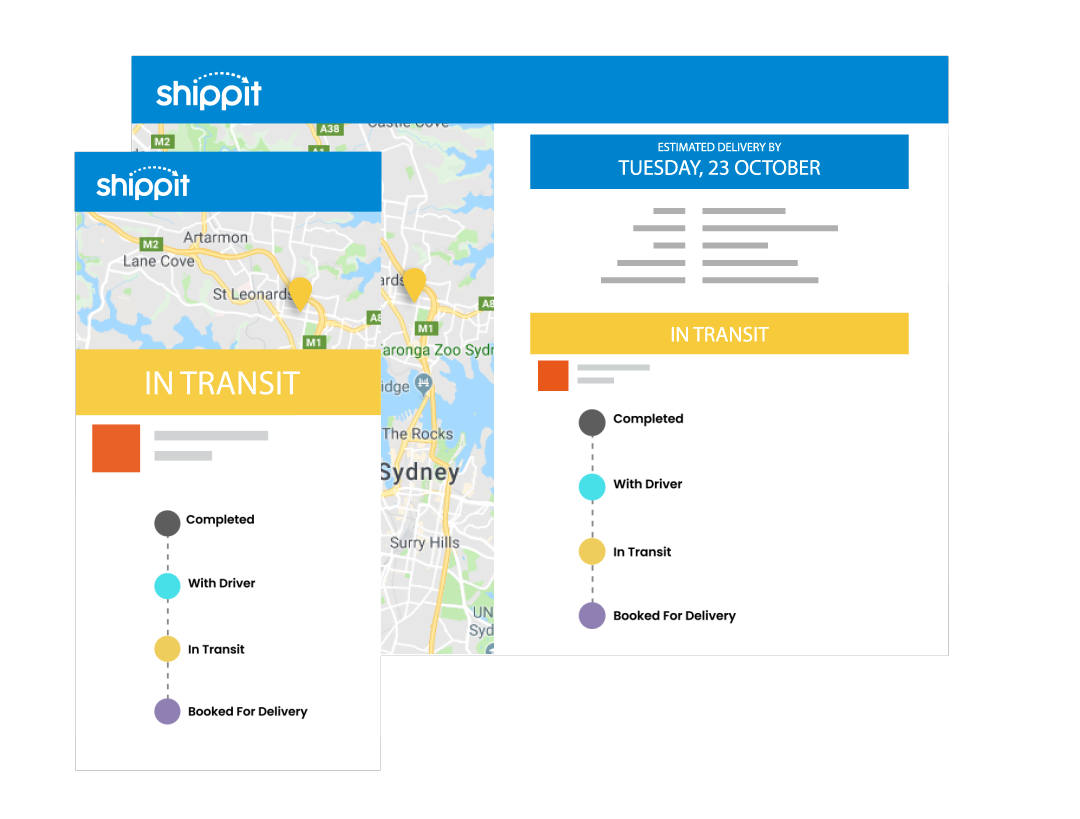Recent eCommerce trends by BigCommerce dive deep into the habits, behaviours and drivers currently influencing eCommerce. With the rapid rise and ubiquity of social media, it’s no surprise that 30% of online shoppers say they would be likely to purchase from a social media network like Facebook, Pinterest, Instagram, Twitter or Snapchat.
Seth Godin famously once said, ‘You can use social media to turn strangers into friends, friends into customers and customers into salespeople.’ As social commerce continues to grow, these trends are indicative of the massive potential for online retailers to natively connect with shoppers through social media platforms. There are also enormous opportunities to take advantage of in creating shoppable posts.
From Social to Shoppable
The reality is – most people already turn to social media for recommendations and reviews. With a hive of activity taking place within social networks, natively integrating social commerce seems like the logical next step in online retail. While we may not yet be experiencing a social commerce boom, we’re definitely on the precipice of something huge.
Instagram has traditionally been a visual platform used to share a wide range of information, from fashion to fitness products and everything in between. Early 2018 marked a turning point for the platform, with the introduction of shoppable posts, allowing brands to tag up to five products in a post. The native integration of shoppable posts makes it easy for users to tag and shop products directly from organic Instagram posts. This new shopping experience is a game changer that gives sellers the ability to curate a seamless shopping experience. From a user’s perspective, when they see an item in a post that they like, they can click on the tag to view pricing, a product image and description. The real win is shoppers are given a direct link to the brand website where they can finalise their order. Take a look at the buyer journey below:
Frictionless, curated shopping that sits within your existing social feed – what’s not to love about that.
Other platforms like Pinterest also give retailers the option of integrating social commerce by using ‘Buy Now’ pins. The intention is to make the process of buying as seamless as the process of pinning.
While the rise of social commerce marks a shift where social media platforms transition to sales platforms, retailers need to be mindful of the new kind of customer journey that shoppable posts create.
Strategies for Conversion
With embedded links and shoppable posts, retailers can expect a lot more referral traffic from social sources. While this presents a considerable conversion opportunity, retailers may wish to consider their landing page strategies.
Shoppable posts create targeted referral traffic, but sending the user to a general landing page or product category can add a step to the sales funnel. By creating targeted landing pages, you encourage the user to take a particular action, and in the case of shoppable pins, it’s to make a purchase. It all comes down to context. The way shoppable posts sit natively within the framework of social feeds when a user clicks on the post, we assume they’ve proved their intention to purchase. Funnelling them through to a dedicated landing page may accelerate the conversion process. Retailers that sell a large number of products probably won’t find as much value in this strategy.
Post Purchase Love
Regardless of how or where the transaction takes place, the customer experience should always be top of mind. Transactions that take place with a social network won’t follow the same path as those within a native brand website. To bridge the gap and build a relationship between the brand and the customer, retailers need to pay extra attention to the post-purchase experience.
To drive loyalty and pave the way to the elusive second purchase, brands should seize the opportunity to build brand awareness through post-purchase emails. Start with a branded shipping email, because post-purchase contact needs to bring the customer into the brand story to entice them to come back.
While social commerce still has a way to go, one thing’s for sure – the way shoppers are discovering products is changing. This means, to remain relevant, retailers need to look at ways to get on board.



